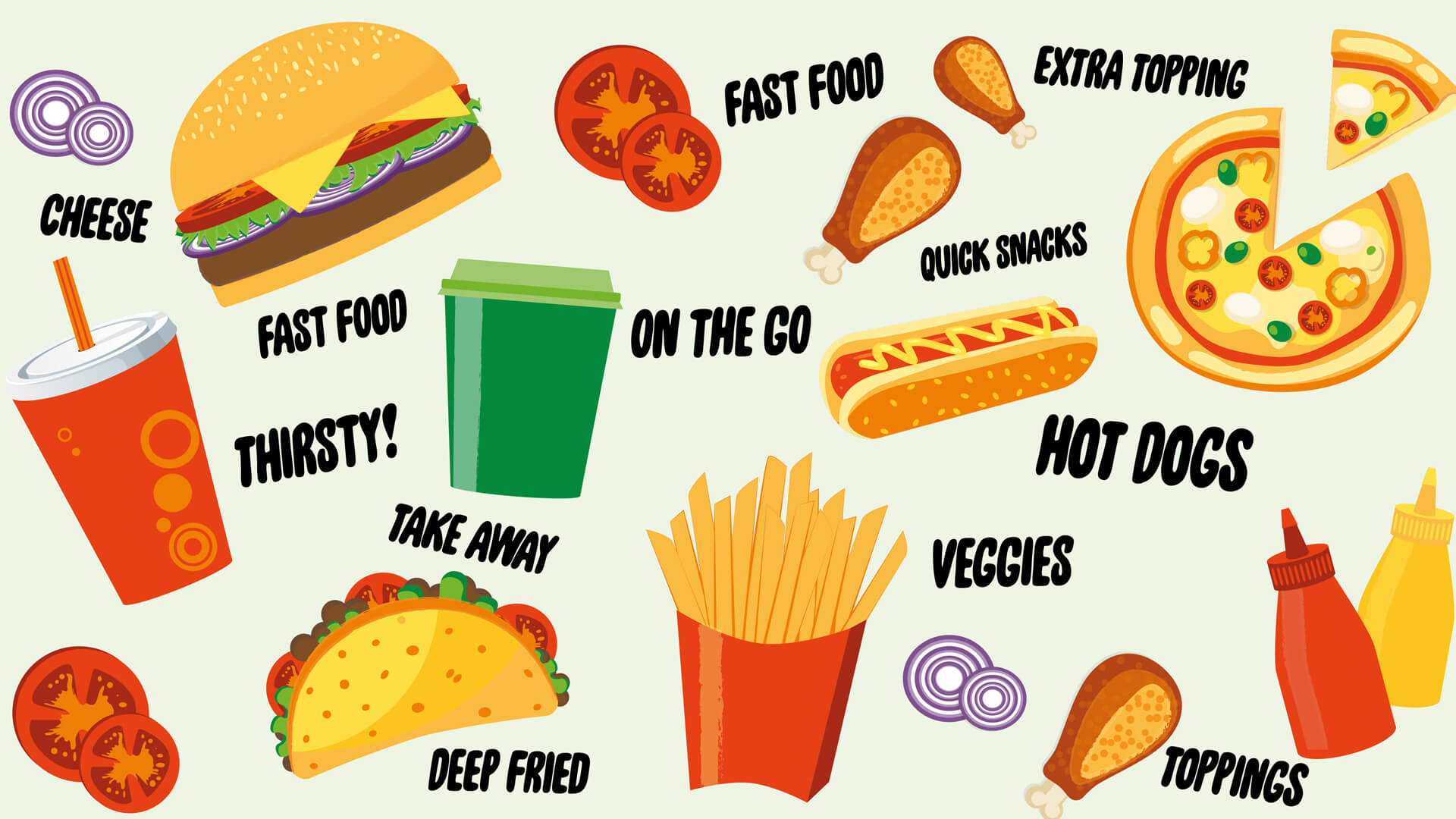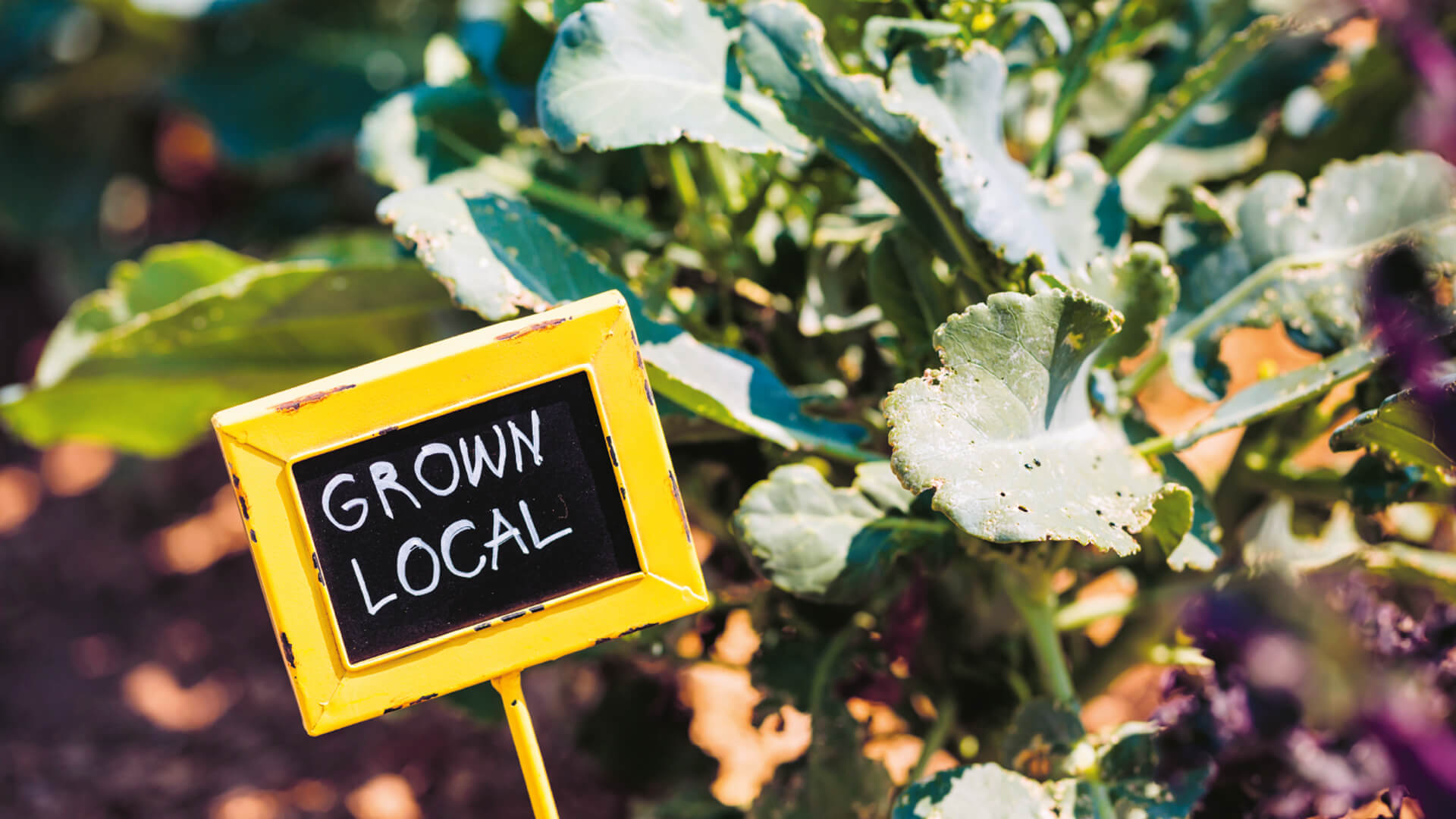
Big is bad
Maybe they look as healthy as ever, but the food giants are in serious trouble. They are threatened by a new generation of consumers fed up with standardized products of uncertain origin. Mats-Eric Nilsson, food writer and former managing editor at Svenska Dagbladet, tells us how Big has become Bad.
Ten years ago, when I was part of the editorial management team at Svenska Dagbladet, participating in various development projects, we regarded the largest British food chain Tesco as a shining and inspiring example, well worth a study visit to London. Here we had a large and extremely successful company, clever at understanding its customers, “consumer insight”, and also able to adjust to every shift in their demand.
Today this food chain is struggling with dwindling revenues, losing 6.4 billion pounds in 2014 forcing the company to close 43 non-profitable stores and their own HQ.
A change in mind-set
Even the largest supermarket chain, the American giant Wal-mart, priding itself on low prices, is struggling with serious problems, stagnating sales and shrinking market shares in the food segment. For over a decade the company has been at the bottom of the list for consumers’ satisfaction and must, according to the expertise, abandon its extreme focus on prices and change the entire mind´set among the staff. Similar problems exist in the whole food business and are also affecting the traditional purveyors to the food chains.
In May 2015 the business magazine Fortune ran an in-depth article under the headline “The War Against Big Food” which is the American over-all term for the food giants. The feature started like this:
“Try this simple test. Say the following out loud: Artificial colors and flavors. Pesticides. Preservatives. High-fructose corn syrup. Growth hormones. Antibiotics … If any one of these terms raised a hair on the back of your neck, left a sour taste in your mouth, or made your lips purse with disdain, you are part of Big Food’s multibillion-dollar problem. In fact, you may even belong to a growing consumer class that has some of the world’s biggest and best-known companies scrambling to change their businesses.”
Producers are aware of the problem
Such drastic statements may seem grossly exaggerated in order to create an interesting opening for the piece, but the American producers of packed food, who held their yearly conference three months earlier, would hardly agree. “Big” has come to equal “Bad”, lamented a representative of the giant Conagra that has lots of well-known brands. Another speaker feared that the growing skepticism towards the food giants might make the customers turn their backs on them for good. Denise Morrison, CEO of Campbell Soups said: “We understand that increasing numbers of consumers are seeking authentic, genuine food experiences, and we know that they are skeptical of the ability of large, long-established food companies to deliver them.”
Since 2009 the 25 largest food companies in the US have lost market shares to the tune of 18 billion dollars.
“I would think of them as melting icebergs”, one analyst said at the trade conference. “Every year they become a little less relevant.”
Still, the problems of today are nothing compared to those waiting round the corner. The latest generation of consumers, the millennials, have already put fear into the business. They are the age group born 1989-2000, thus being between 16 and 27 years old today. Pretty soon they will be the most important of the consumers’ groups and all those reports saying that these young customers are having, and will have, much stronger opinions and demands than their parents had, worry the food industry.
Suddenly they insist on being told where the food comes from and how it is produced. They like locally and traditionally produced food and try to avoid processed food and GMO. And since we are now talking of the largest generation in history – in the US they are 80 million people – the companies must adjust to the prevailing wind that is expected to blow for many years.
Smaller manufacturers doing well
The giant Kraft Foods, with lots of well-known brands, is doing away with artificial coloring and preservatives, as is Kellogg’s and many other producers. The world’s largest fast food chain Subway, which now after years of strong growth is facing serious difficulties, is promising to sort out their additives, while McDonald’s – which is not going well either – have stopped using chickens that have been treated with antibiotics.
While the faltering giants apply various defensive measures the smaller manufacturers of organic products, and other products that are perceived as more genuine and natural, are doing well. Earlier their items were sold in special shops for the very food conscientious people, but now they are also on the shelves of the big supermarket chains, including the low price ones.
One example of many is the now fast-growing family business Amy’s Kitchen which was founded in 1987 by Rachel and Andy Berliner and is named after their then newly born daughter. Their frozen vegetarian cooked meals – from burritos and pizza to Japanese teriyaki and Indian palak paneer – are prepared in traditional ways with basic ingredients of fresh organic vegetables. The onions are chopped by hand every morning and instead of buying ready-made tofu they are making it themselves in the traditional manner. Today the company employs 2.000 people producing 700.000 meals a day and in 2015, symbolically enough, they took over a factory building from Heinz, that can no longer find sufficient demand for their well-known frozen meals.
The big chains are feeling the competition breathing down their necks. Unless they make some radical changes they will, as American analysts predict, be hopelessly over-run in the not too distant future.
In this situation some of them have begun to play down their own brand into which they have invested so much. Seven years ago Starbuck’s opened some cafés in their hometown of Seattle without even the smallest of chain logos. In order to be inspired by genuinely personal places the chain’s representatives paid frequent visits to some of the city’s independent cafés. From one bar the entire interior decoration was copied straight off, including the fittings of the industrial lamps and the wooden chairs.
And in Sydney a couple of years ago McDonald’s discreetly transformed one of its “McCafés” into an anonymous café with the bland name The Corner. These giants, who a couple of years ago were boasting about every new unit they opened, have all of a sudden become embarrassed by their own size.

